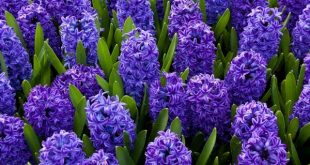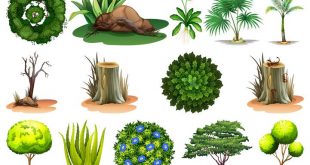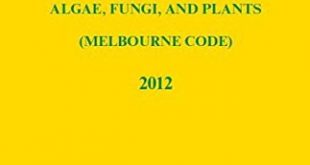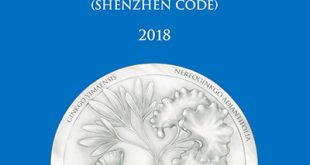In 1898, Nemec noted that in the petaloid anthers of Hyacinthus orientalis, the pollen grains sometimes form large eight-nucleate structures showing a surprising resemblance to embryo sacs. He believed that they arose as the result of a degeneration of the generative nucleus and three divisions of the vegetative nucleus of …
Read More »Discovery about the Male, Female Gametophytes & Syngamy
Among early students of the development of pollen, Hofmeister (1848) presented some surprisingly good illustrations of the process of tetrad formation (microspore tetrad), and Reichenbach, Hartig and several other workers noted the presence of two nuclei in whole mounts of the mature pollen grains of several angiosperms. Discovery of nature …
Read More »Pollen Tube Discovery by G. B. Amici
A pollen tube is a tubular structure produced by the male gametophyte (pollen grain) of seed plants when it germinates at the top of the stigma. It’s elongation is an integral stage in the plant life cycle as it brings the sperm nuclei towards the ovule and causes to happen fertilization. …
Read More »Biosystematics: Steps and Categories
The steps in the biosystematic investigation are as follows A sampling of taxon and its population and cytological study of the chromosome of many populations within geographical races, species, and genera; differences in chromosome number, morphology, and behavior of meiosis indicated genetic differences. Determination of the ability of the different …
Read More »Views on Species Concept
Species is the basic & smallest whit of classification which is represented by binomial nomenclature according to ICBN. Two individuals with maximum similarities which can interbred among themselves & produce fertile individual & also can exchange gene are called Species. A Species concept is a concept that is the production …
Read More »IUCN Red List Categories
The International Union for Conservation of Nature’s Red List of Threatened Species Established in 1964, has evolved to become the world’s most comprehensive information source on the global conservation status of animal, fungi and plant species. The IUCN Red List is a critical indicator of the health of the world’s …
Read More »Division II: Rules and Recommendation
Melbourne Code Division II: Rules and Recommendation Chapter II: STATUS, TYPIFICATION, AND PRIORITY OF NAMES Section I: Status Definitions Article 6 (*Some articles are cropped to avoid more detailed info unnecessary in our level. If you wish, you can read the full code from the link here: Melbourne Code) 6.1. Effective …
Read More »Division I: Principles of ICN
DIVISION I PRINCIPLES PRINCIPLE I The nomenclature of algae, fungi, and plants is independent of zoological and prokaryotic nomenclature. This Code applies equally to names of taxonomic groups treated as algae, fungi, or plants, whether or not these groups were originally so treated. PRINCIPLE II The application of names of taxonomic …
Read More »Introduction to ICN & Preamble of Two Codes
The International Code of Nomenclature for algae, fungi, and plants (ICN) is the set of rules and recommendations dealing with the formal botanical names that are given to plants, fungi and a few other groups of organisms, all those “traditionally treated as algae, fungi, or plants”. It was formerly called …
Read More »Difference Between: Plant Pathology
This series includes the difference tables between Localized fungicide and Systematic fungicide Localized infection and Systematic infection Soil borne fungi and Seed borne fungi Eradication and Crop rotation Obligate parasite and Facultative parasite Plant quarantine and Crop rotation Nature culture medium and Synthetic culture medium Primary inoculum and Secondary inoculum …
Read More » Plantlet The Blogging Platform of Department of Botany, University of Dhaka
Plantlet The Blogging Platform of Department of Botany, University of Dhaka








